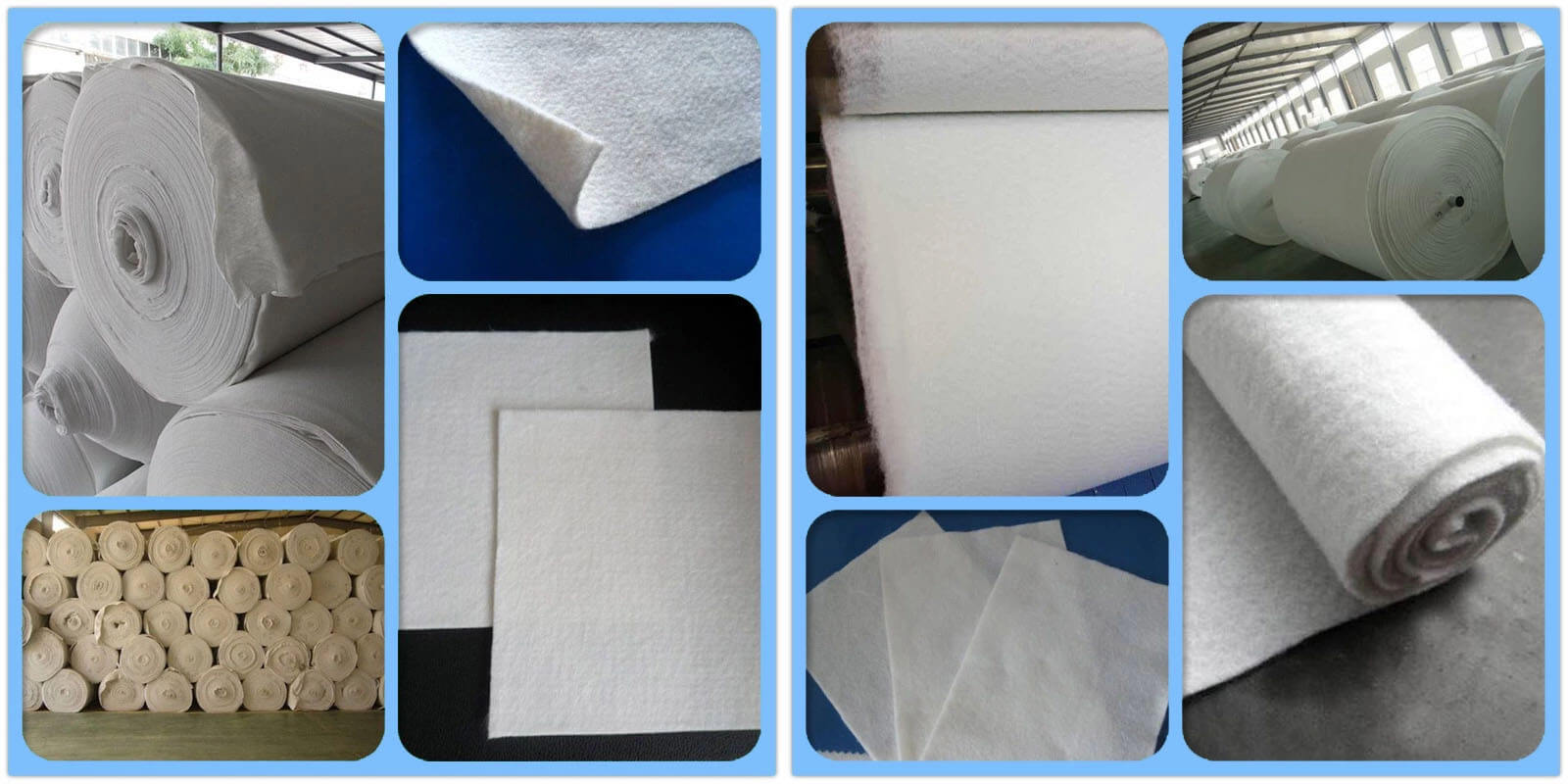Geomembrane Geotextile for Landfill
The municipal solid waste landfill has an anti-seepage system, a sewage collection and treatment system, a flood discharge and a groundwater collection system. The anti-seepage system is designed in a horizontal anti-seepage form. Using the existing mountain topography, the surface soil is treated first, then the anti-seepage layer is set to prevent the sewage from infiltrating, and the sewage is collected and treated. The main body of the anti-seepage layer and the anti-seepage film is the anti-seepage film. The groundwater collecting ditch and the drain pipe are arranged under the anti-seepage film. The function is to reduce the groundwater level and prevent the groundwater from supporting the anti-seepage film. The groundwater level is controlled 2m below the anti-seepage membrane; the wholesale polypropylene nonwoven geotextile, stone powder layer, gravel drainage layer and HDPE sewage pipe are laid above the anti-seepage membrane, which is used to collect and discharge the landfill leachate and protect the anti-seepage film. Damaged by sharp hard objects.
The base layer of silty clay is strictly excavated and trimmed according to the design, and the debris such as gravel, rubble, roots and organic corrosive soil larger than 3cm are removed. If the earthwork needs to be backfilled, it should be laminated, the thickness of one compaction should not exceed 30cm, the compaction density should be greater than 95%, and the compaction inspection report should be carried out for each layer. The slope foot and the slope top of the slope should be rounded, and the slope of the slope should be determined according to different soil quality to ensure the stability of the slope itself.

HDPE Geomembrane Laying
Before laying, check the geomembrane for defects such as breakage, pitting, creases, etc. The surface should not have oil stains or other chemicals, and should not have mud. Geomembrane cannot be laid during precipitation. When the temperature is too high or too low (below 0 °C or higher than 40 °C) and the wind speed is too large (greater than 30 km/h), the construction should be suspended and the working surface should be temporarily covered.
The geomembrane should be calculated and cut according to the actual size of the laying surface and the coil size. Pay attention to the reserved overlap width for the welding of the coil. Geomembrane laying should minimize welds, especially welds with intersecting or irregular geometries, to reduce leakage hazards. When the geomembrane is laid, the surface is rough and facing down, close to the base layer, and no folding, wrinkling or arching may occur. Otherwise, it must be re-laid or cut to eliminate. It is forbidden to pull the geomembrane strongly during the film stretching process.
